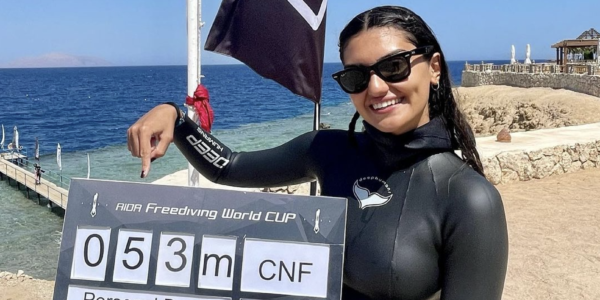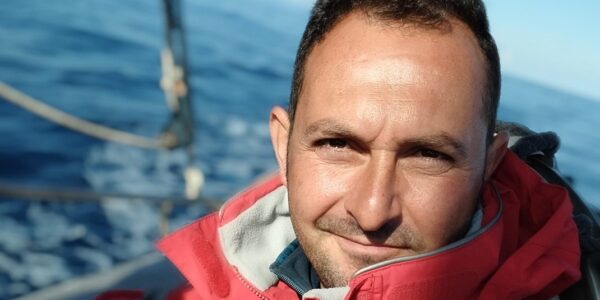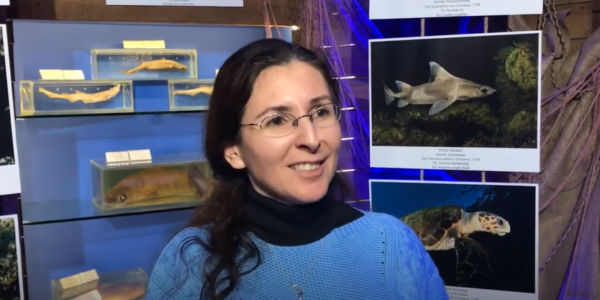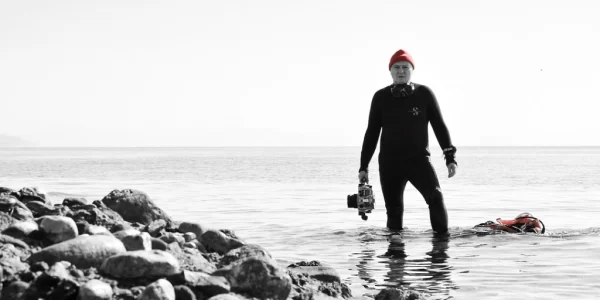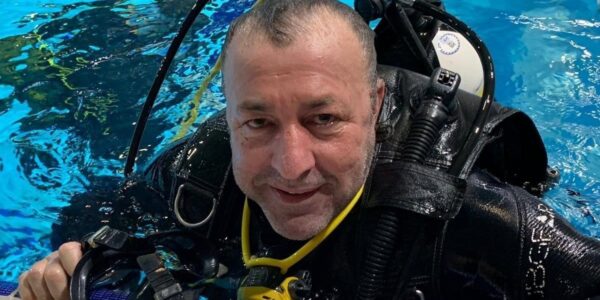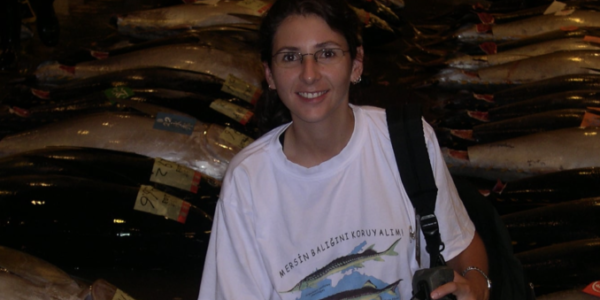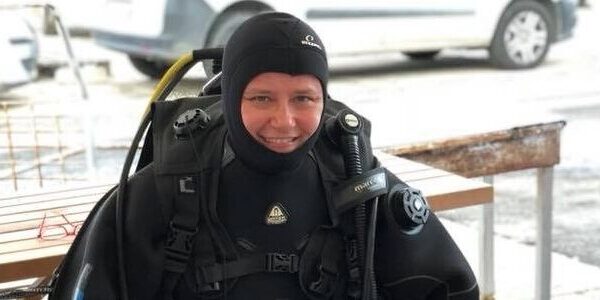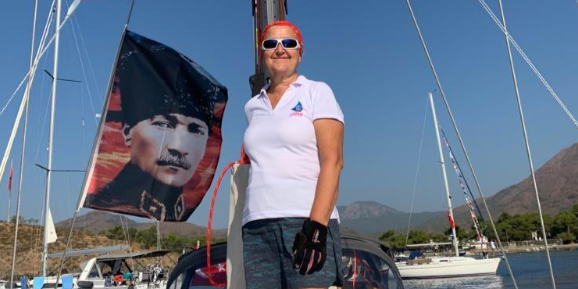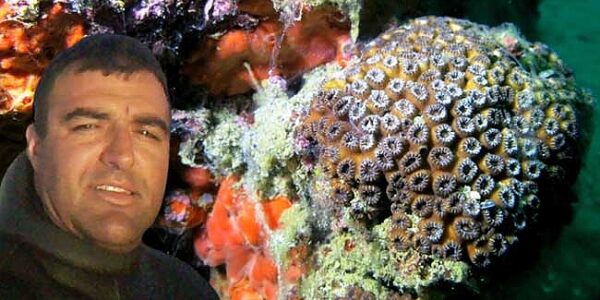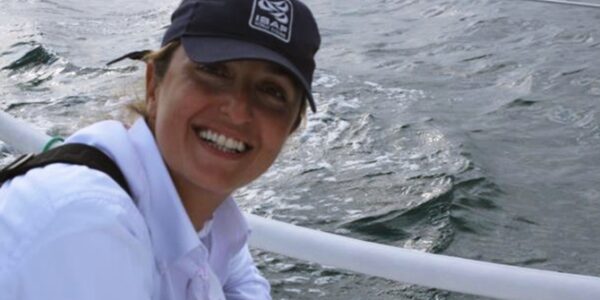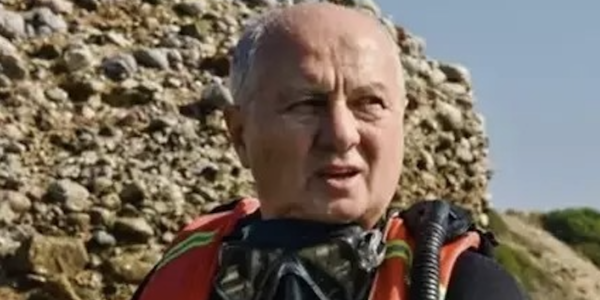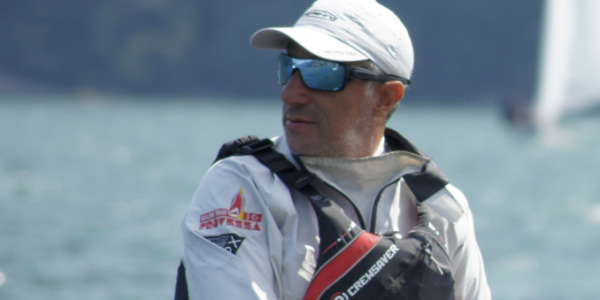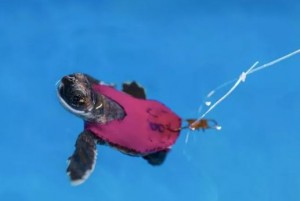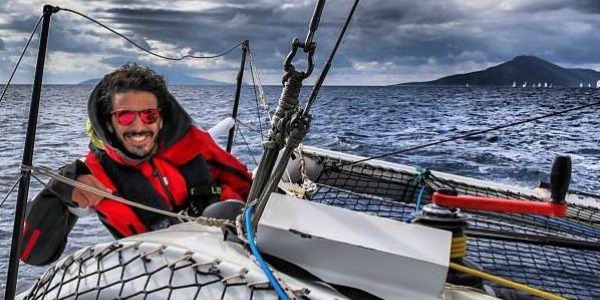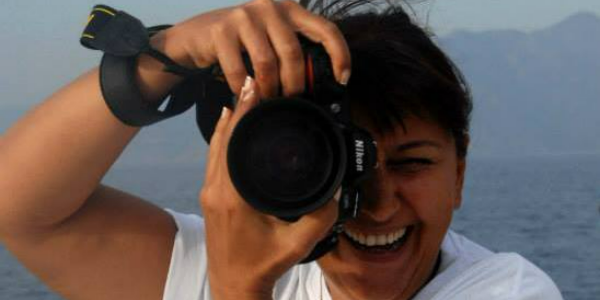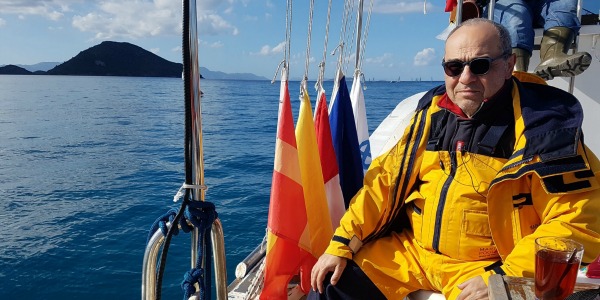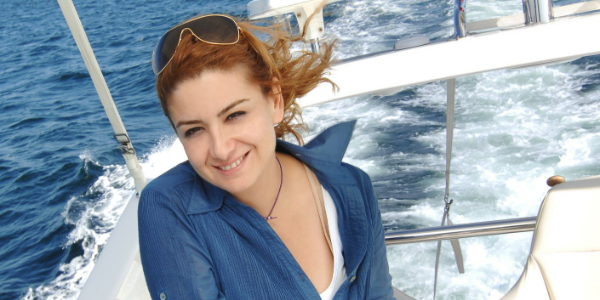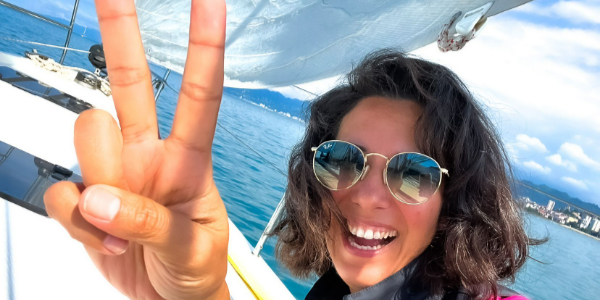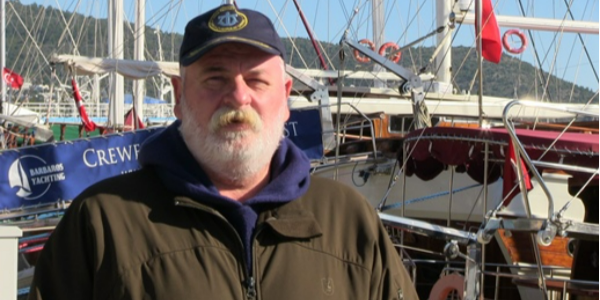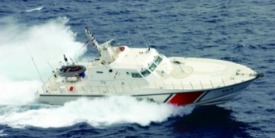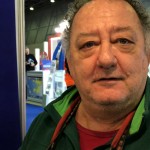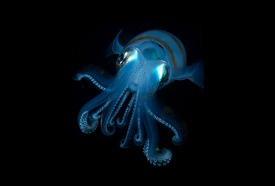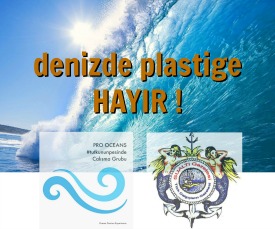It’s been said that only one in 100 sea turtle hatchlings make it to maturity. And no wonder — the journey that they make as newly hatched babies, from the nest to the sea, is fraught with danger — hunting gulls, hungry fish, disorientation. The young turtles emerge from nests on the beach and innately head toward the ocean, but lights from buildings and streets can confuse them, sending them on the wrong path and exposing them to the dangers of predators and vehicles. A trip that should take just a few brief minutes can turn into an epic journey lasting hours. “Baby sea turtles have about a 50 percent chance of getting to their destination in urban settings where there is this disorientation or misorientation from artificial lighting,” Florida Atlantic University notes in a statement.
A new FAU study is the first to test the physiological effects of this extended crawling on swimming ability.
Researchers at the university studied the stamina of sea-turtle hatchlings to learn more about how the babies deal with the distractions and detours of urban environments by putting them on tiny treadmills.
“What prompted our study was the desire to understand what happens to these hatchlings after they spend hours crawling on the beach because they are disoriented,” said Sarah L. Milton, Ph.D., lead author and associate professor of biological sciences in FAU’s College of Science, who conducted the study with her graduate student Karen Pankaew. “We wanted to know if they would even be able to swim after crawling 500 meters or more, which could take them as long as seven hours to complete.”
In an effort to conserve these endangered sea turtles, researchers from Florida Atlantic University’s Charles E. Schmidt College of Science conducted the first study on disorientation to examine the physiological effects of extended crawling and swimming performance. The study, published in the Journal of Experimental Biology, has some surprising results.
The study involved 150 hatchlings collected just as they emerged from 27 loggerhead turtle and 18 green turtle nests on beaches in Palm Beach County, Florida. The hatchlings were released back into the ocean in their natural habitats soon after they were collected from their nests. The objectives of the study were to characterize the energetics of extended crawl distances on the hatchlings and determine whether crawl distances impacted their initial dispersal swim performance.
In the laboratory setting, Milton and Pankaew used tiny enclosed treadmills with simulated lighting, which the hatchlings followed while on the treadmill. To determine how well they could perform after their walk on the treadmill, the hatchlings swam in a small tank using a specially designed swimsuit. The researchers measured oxygen consumption and lactate accumulation during the hatchlings’ high-energy intensive frenzy crawls and frenzy swimming periods. When they were swimming, the researchers also measured the hatchlings’ breathing rates and stroke rates — that is, how fast they were paddling their flippers.
To verify that the laboratory simulations on the treadmills were a good representation for actual disorientation, the researchers also conducted field studies. They observed normal and disorientated hatchling behavior and physiology on the beach to see how far the hatchlings crawled, how long it took them, and how often and how long they rested. The researchers compared behavior and metabolic markers in the field with those from laboratory experiments. Results from the laboratory and field studies matched.
“We were completely surprised by the results of this study,” said Milton. “We were expecting that the hatchlings would be really tired from the extended crawling and that they would not be able to swim well. It turned out not to be the case and that they are in fact crawling machines. They crawl and rest, crawl and rest and that’s why they weren’t too tired to swim.”
While this is good news, Milton and Pankaew caution that even though the hatchlings have incredible physical prowess that enables them to crawl for hours when they are disoriented, they wind up spending more time on the beach, which increases their chances of being eaten or harmed in other ways.
“One of the goals of the Florida Fish and Wildlife Conservation Commission is to reduce hatchling disorientation and our study provides the scientific basis to support lighting ordinances during turtle hatching season,” said Milton. “We all need to do our part in helping to conserve these incredible animals.”
Source: sport diver

